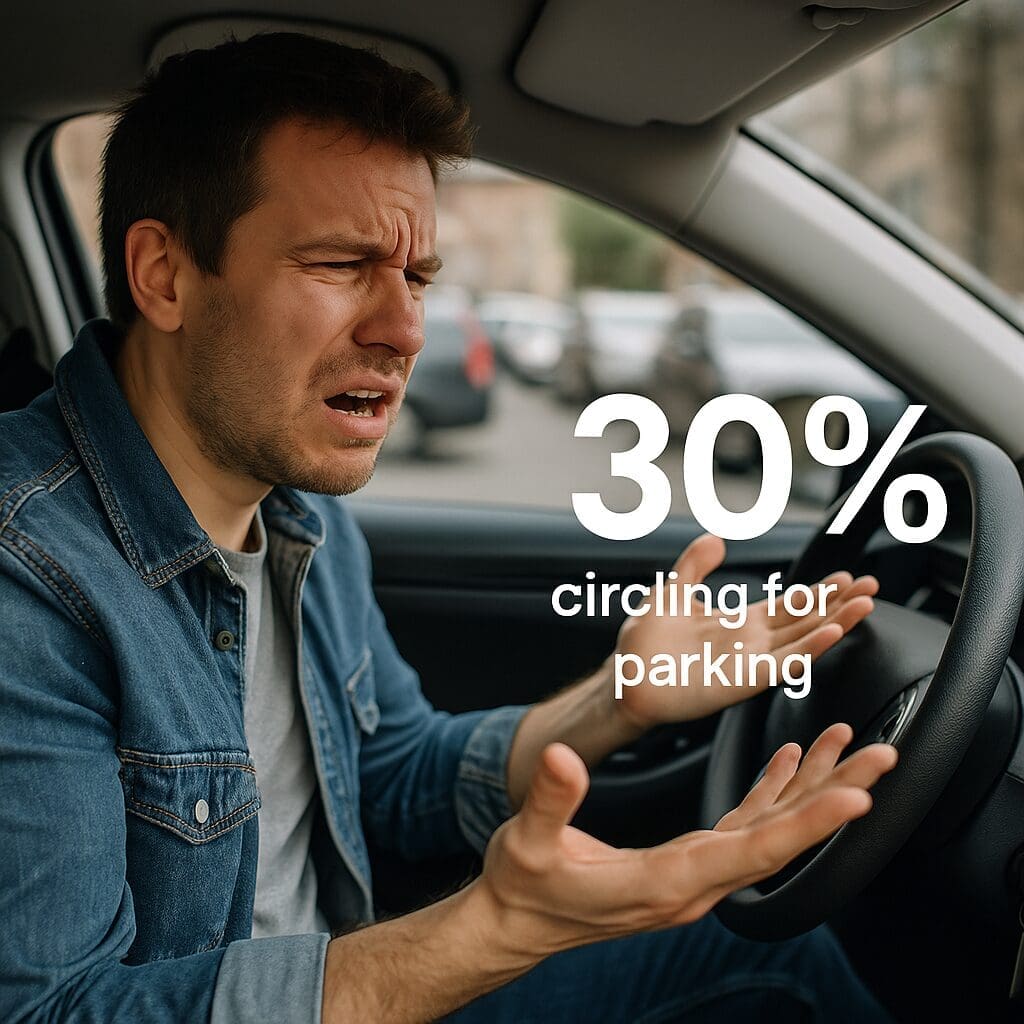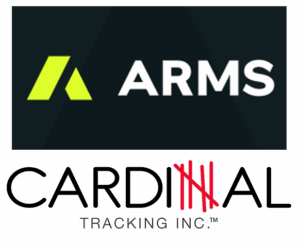A familiar sight in almost every city center is traffic that seems to creep along for no apparent reason. Look closer and you’ll find a major culprit:
🎯 Roughly 30 percent of downtown congestion comes from drivers circling the block searching for parking.
When the hunt for a curb space occupies one in three vehicles, relieving that pressure becomes the fastest route to smoother streets. Cities that connect modern parking-enforcement and permit-management software with license-plate recognition (LPR) and curb-management systems have shown they can push that 30 percent “cruising” share below 10 percent—without adding new asphalt.
1. Why Cruising Amplifies Gridlock
- Looping adds invisible traffic. A single driver may pass the same intersection half a dozen times before finding a spot.
- Unpredictable stops ripple outward. Sudden braking or double-parking forces every trailing motorist to slow down.
- Blocked lanes delay transit and emergency vehicles. Extra seconds at each block compound into minutes across a corridor.
Multiply those behaviors by hundreds of drivers during peak periods, and once-efficient arterials become rolling bottlenecks.
2. Linking Data to Enforcement: The Three Essential Feeds
Data Stream | What It Reveals | Enforcement Result |
Curb-side occupancy sensors | Which spaces are occupied, vacant, or overstayed in real time | Officers focus only on blocks where violations matter |
LPR scans (mobile or fixed) | Accurate plate reads at street speed | Citations are issued quickly, with fewer manual errors |
Digital permits & payment history | Who has paid, who is exempt, and who has a valid permit | Legitimate parkers remain undisturbed; violators are flagged instantly |
When these feeds flow into a single enforcement and permit-management dashboard, agencies can see the curb as a live network rather than a set of disconnected meters.
3. From 30 Percent to Single Digits: A Downtown Scenario
- Starting point: A district with 5,000 curb spaces and roughly 1,500 drivers (30 %) circling at any moment.
- After integration: Real-time overstay alerts guide officers; LPR confirms plate data; digital permits prevent mistaken tickets.
- Outcome: Turnover improves, vacant spaces become easier to locate through parking apps, and circulating traffic drops to about 450 drivers (≈ 9 %).
That shift removes more than 1,000 vehicles from the continuous loop, easing congestion on every approach road.
4. Downstream Benefits
- Travel-time reliability: Average speeds often rise 12–18 percent once cruising traffic subsides.
- Cleaner air: Fewer miles driven and less idling reduce carbon and particulate emissions.
- Healthier retail corridors: Higher space turnover brings a steadier stream of shoppers.
More transparent enforcement: Data pinpoints problem areas, supporting equitable and defensible citation practices.
5. A Practical Roll-Out Checklist
- Inventory every curb space and regulation. A digital map provides the baseline.
- Connect existing sensors, LPR vehicles, and payment systems. Hardware independence keeps costs predictable.
- Digitize all permits. Virtual credentials eliminate windshield stickers and manual lists.
- Run a soft-launch grace period. Use the early weeks to educate drivers before issuing full citations.
- Publish public dashboards. Sharing metrics builds trust and helps businesses gauge benefits.
Cutting cruising traffic from 30 percent to under 10 percent is within reach for most cities—provided enforcement, payment, permit, and curb data work together. Get in touch to explore how our integrated tools could reshape your downtown.




